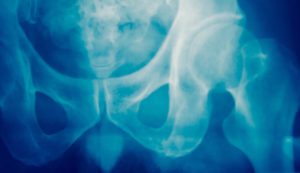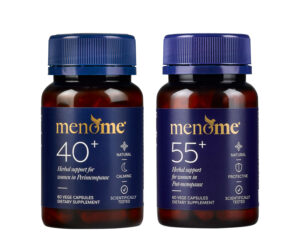Have You Met Our Heroine?
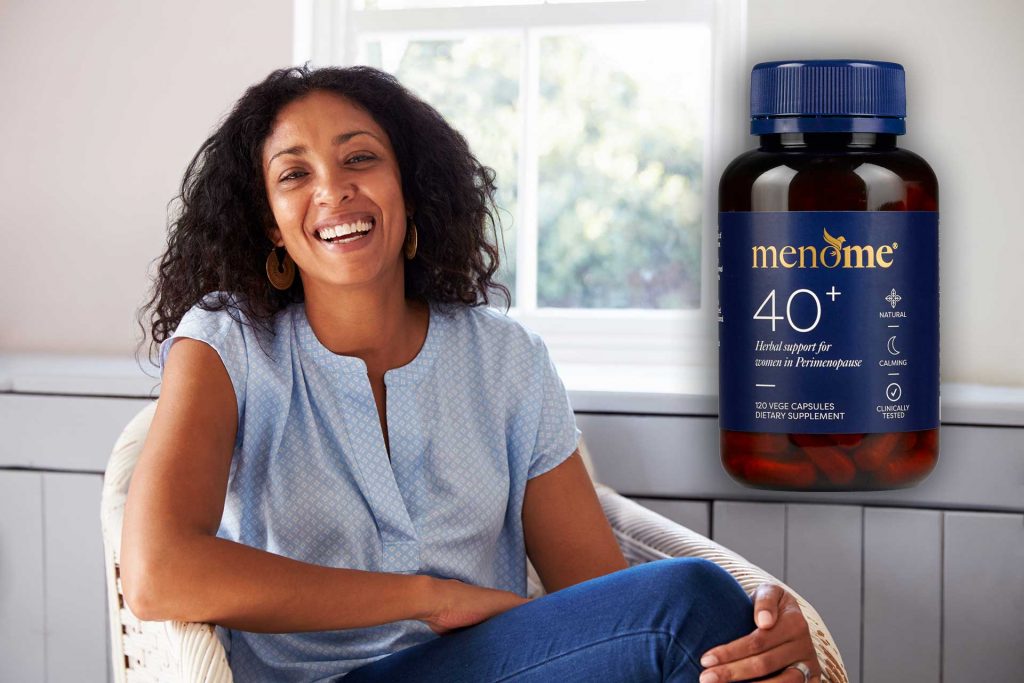
Our heroine?
Well, I’m guessing you landed here at MenoMe® because you’re searching for something to help you during the hormones changes of midlife?
If so, be sure we’re here to help you in every single way – physically, mentally and spiritually. It’s also why you need to know about our heroine.
In my experience, the menopause years are a bit of a rollercoaster and no walk in the park. We hear so many stories of women wanting to speak to someone who is familiar with the journey they’re walking. If that’s you, hello and welcome.
Who (Or What) Is Our Heroine?
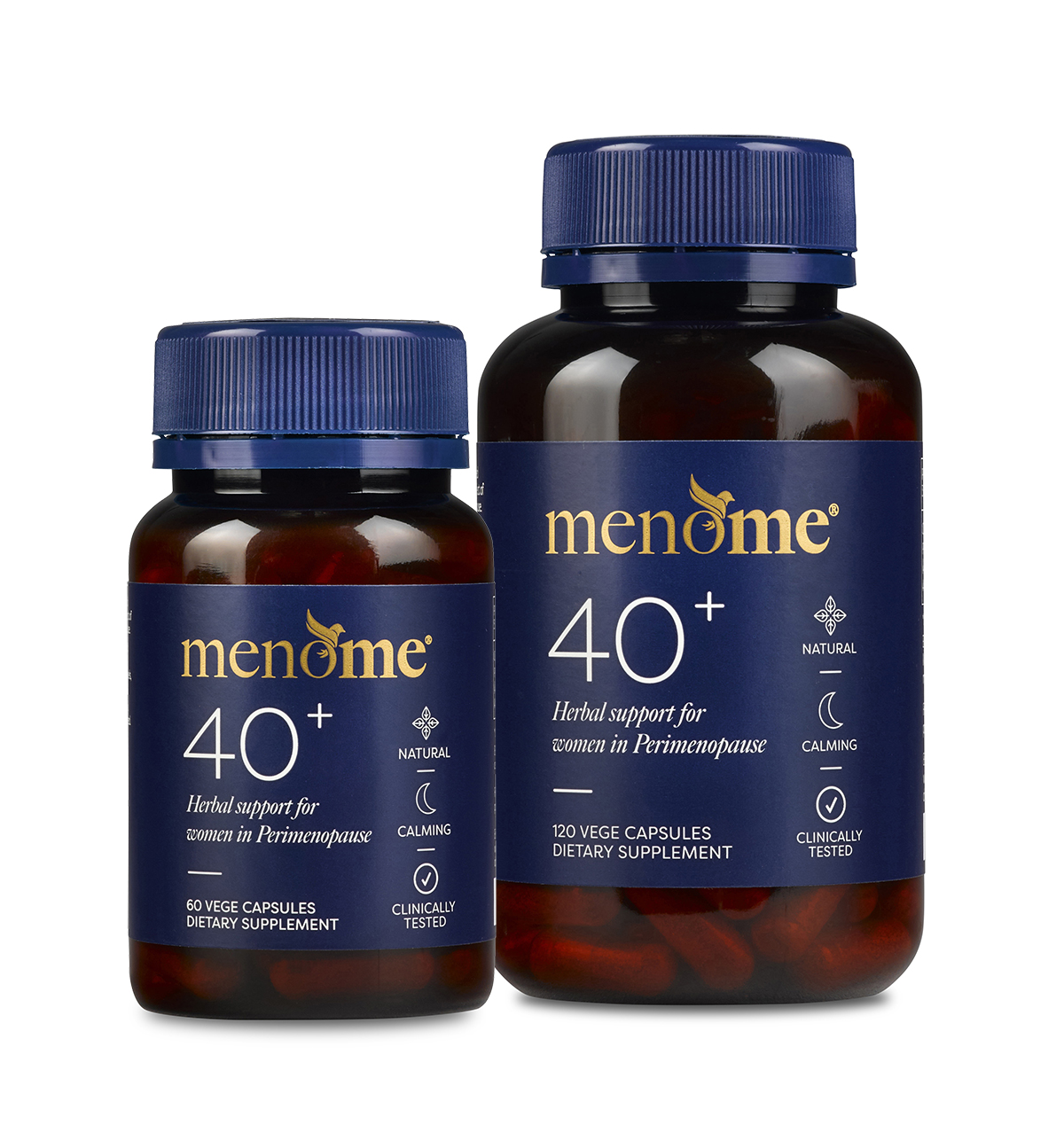
First off, you want to know about our heroine right? Well, it’s a wee herbal capsule called 40+ (formerly known as EstroG-100™). It’s kind of what kicked MenoMe® off. You see, our scientist (Mr Peter Lehrke) discovered it on his travels, gave it to his wife to try and she talked him into launching the company.
The rest of us, came on board for the same reason. So you’re in good hands.
40+ is a patented herbal formulation that has been the subject of three scientific studies on menopause.
It naturally supports the body’s balanced response to hormonal changes, including normal body temperature, mood, energy levels, joints and a good night’s sleep. Phew!
Tell Me About The Herbs
The herb combination is known as EstroG-100™ and is made up of a trio of a sage-like herb (Phlomus Umbrosa), a form of milkweed (Cynanchum Wilfordii) and Angelica (Angelica Gigas Nakai – also known as Dong Quai in Chinese medicine). EstroG-100™ was developed in Korea by Dr Jae Kim who tested over 70 herbs together and alone before he landed on this particular blend, which produced really great results. They have a fabulous pedigree too as they’ve been used in Eastern medicine for centuries.

Alone they have amazing properties, but together they work gently and effectively to balance a woman’s hormones. Often they work quickly but we always recommend taking two a day for at least 12-weeks to measure efficacy in your particular body. Just as no two fingerprints are the same, every body is a bioindividual.
It’s so safe, you can use it with prescriptions medications as well. And it’s non-estrogenic so you’re fine to take it if you have a hormone-related cancer like breast cancer as well. Essentially it helps the body to self-regulate and balance itself out with the power of herbs but doesn’t interfere with anything else you may be taking.
Another bonus from the testing showed it helped improved bone mineral density, something that we really need as declining estrogen and age affects our bones.
Related: Bones – Why Milk’s Not The Secret To Strength
I don’t know about you but I prefer to handle this transition in as non-medicalised way as possible, hence being a 40+ cheerleader.
Its all-natural, hormone free and improves (for most women) quality of life.
Hallelujah!
Menopause Facts
Pre-, peri- and post-menopause is a natural progression for women and signals the end of their childbearing years, a time when the ovaries stop producing estrogen.
The lead-up to this can take a few years – six to 13 in fact (!) – and involves fluctuating hormones, the impetus for a range of distressing signs, which can be challenging for women who may not even notice them creep up on them or put them down to PMS.
10 Top Signs of Menopause
- Hot flushes
- Night sweats
- Tingling or itching skin
- Insomnia
- Nervousness
- Depression
- Dizzy Spells
- Fatigue
- Joint discomfort
- Vaginal dryness
Here’s the 34 most common:
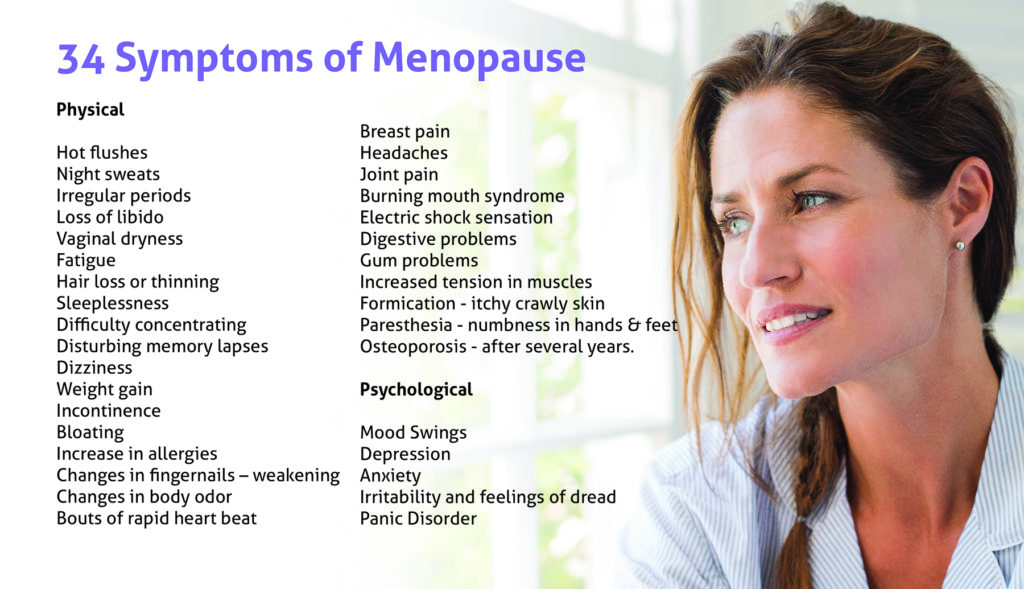
If you think a friend needs this information please forward it to them.
If you’d like to buy some 40+ grab it here.


